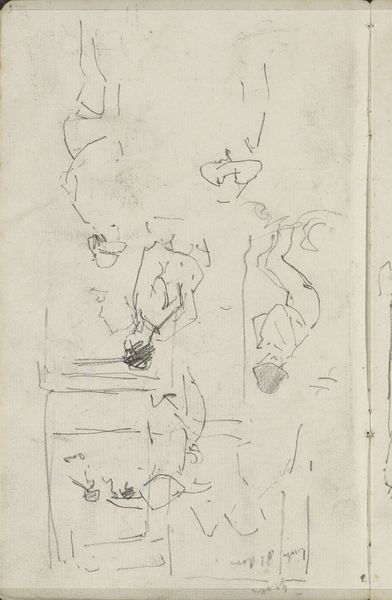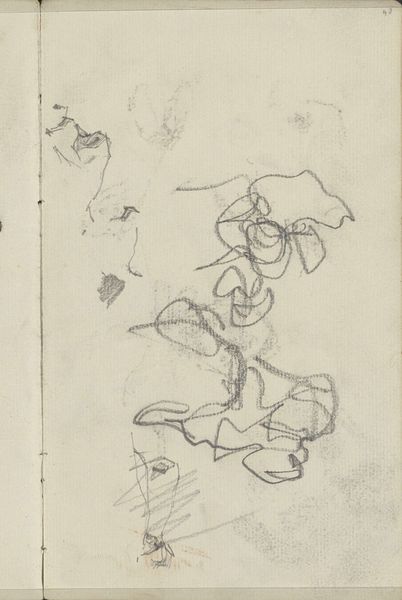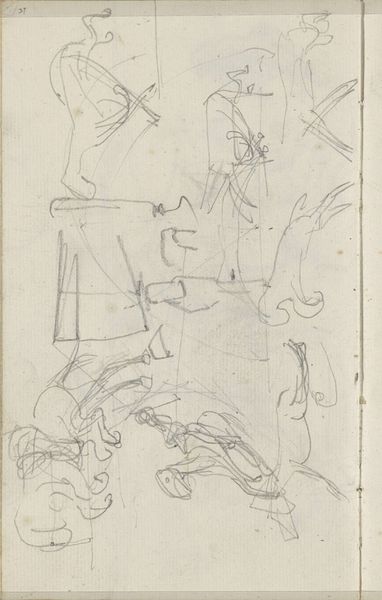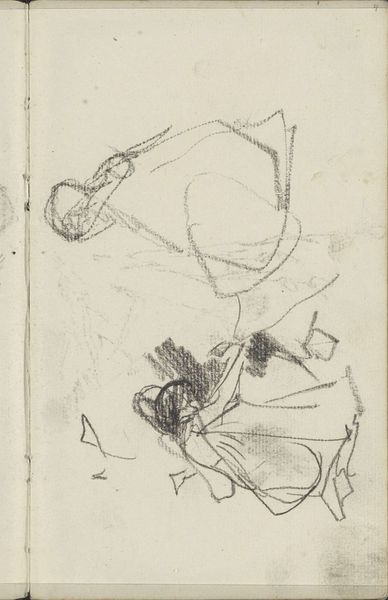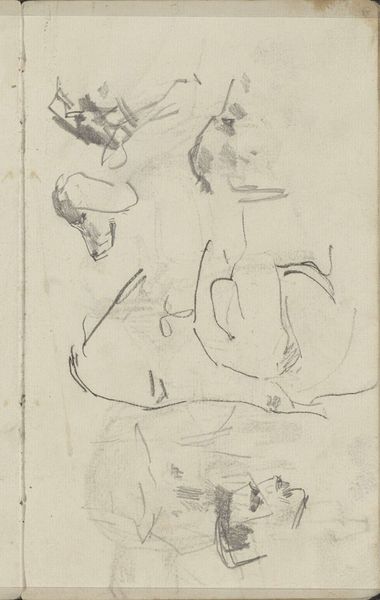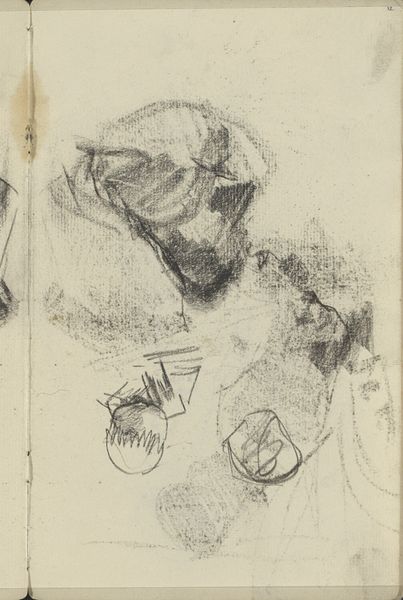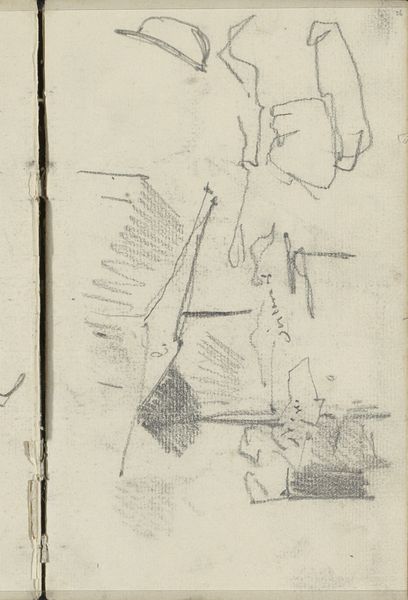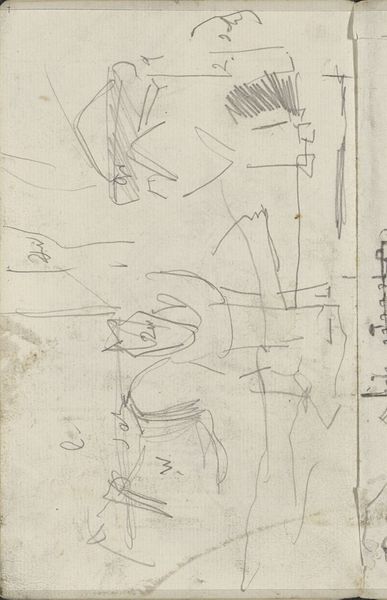
drawing, pencil
#
portrait
#
drawing
#
quirky sketch
#
impressionism
#
personal sketchbook
#
idea generation sketch
#
sketchwork
#
ink drawing experimentation
#
pen-ink sketch
#
pencil
#
sketchbook drawing
#
storyboard and sketchbook work
#
sketchbook art
#
realism
#
initial sketch
Copyright: Rijks Museum: Open Domain
Editor: So, here we have George Hendrik Breitner’s "Studieblad met hoofden," or "Study Sheet with Heads," from around 1882, a pencil drawing housed in the Rijksmuseum. There's a frenetic energy to these sketches, an almost desperate attempt to capture a likeness. What do you make of it? Curator: It's fascinating to consider this "Studieblad" within the context of Breitner’s time. The late 19th century was a period of immense social change, burgeoning industrialization, and shifting class structures reflected in the art world. The fragmented nature of these sketches mirrors the increasingly fragmented experience of modern life. How might Breitner be commenting on the fleeting nature of identity in this rapidly changing world? Editor: That's a compelling idea. I was so focused on the unfinished nature of the work, but seeing it as a commentary on fragmented identity shifts my perspective. The quick, almost nervous lines do feel reflective of a society in flux. Curator: Exactly! And it raises questions about representation itself. Is Breitner seeking to capture the definitive essence of these subjects, or is he acknowledging that identity is always a work in progress, a series of fleeting impressions? Think of it in terms of the emerging photographic technology – what does it mean to sketch and draw a portrait versus photograph it at this time? Editor: That makes me wonder, were these sketches studies for larger, more "finished" pieces, or could they be seen as complete in their own right, capturing a specific moment or emotion? Curator: Perhaps both. They offer insight into his creative process and, simultaneously, stand as independent expressions of modern subjectivity. They challenge the traditional portrait’s static representation of power and status. We could even consider how class plays into this - were these studies of models, or everyday people? Editor: It really gives me a different view to understanding not only Breitner’s work but also the world he lived in. Thanks for that. Curator: And thank you! Thinking about these connections helps us better appreciate how artists like Breitner engaged with the critical issues of their time.
Comments
No comments
Be the first to comment and join the conversation on the ultimate creative platform.
